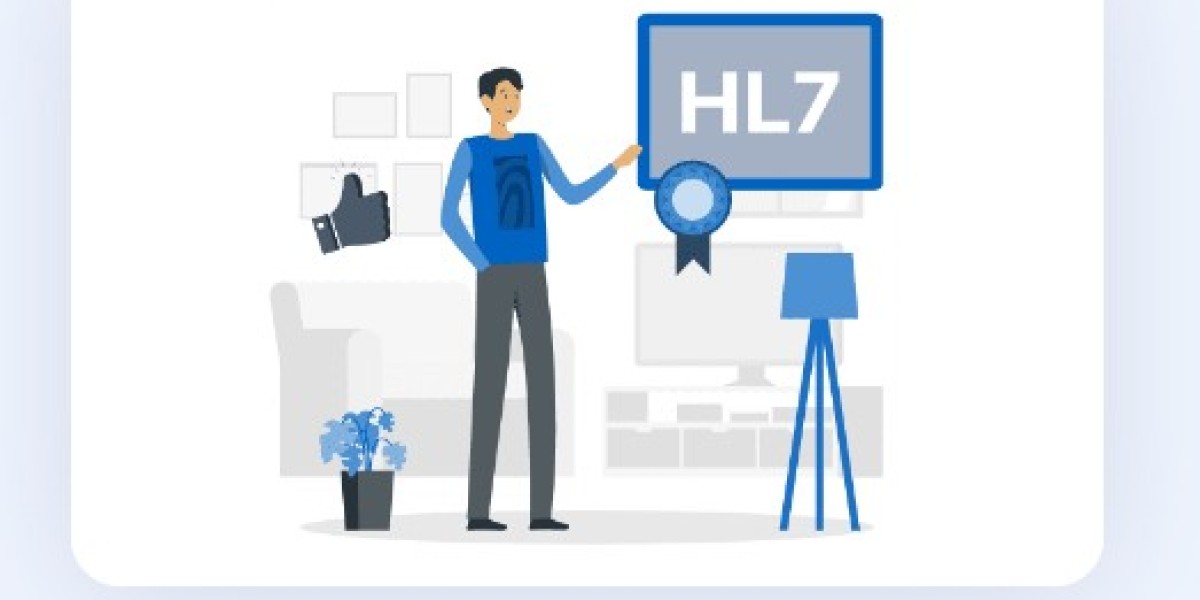This is where HL7 (Health Level Seven) development plays a pivotal role. HL7 is a widely recognized set of international standards for the exchange, integration, sharing, and retrieval of electronic health information. It provides a framework for the standardization of clinical and administrative data, allowing various healthcare systems to communicate effectively.
Understanding HL7
HL7 is not a single technology, but rather a set of standards developed and maintained by the HL7 International organization. It covers a wide array of healthcare domains, including clinical care, research, public health, and administrative activities. The standards are categorized into different levels:
HL7 Version 2 (V2): This is one of the most widely used versions of HL7. It employs a pipe-and-hat (^) delimited text format for message exchange. V2 messages are structured in segments, each representing a specific piece of information. For example, a patient's demographic information may be stored in a PID (Patient Identification) segment, while clinical information may be in an OBX (Observation) segment.
HL7 Version 3 (V3): Unlike V2, V3 uses XML-based messages. It focuses on semantic interoperability, aiming to standardize the content and meaning of healthcare information. V3 is designed to be more complex but offers a richer and more precise representation of healthcare data.
HL7 Fast Healthcare Interoperability Resources (FHIR): FHIR is the latest addition to the HL7 family. It is designed with modern web technologies and APIs, making it more accessible and user-friendly. FHIR is based on RESTful principles, allowing for easy integration with existing web-based systems. Its resource-oriented approach provides a flexible and granular way to exchange healthcare data.
HL7 Development and Implementation
Developing applications that support HL7 standards requires a deep understanding of healthcare workflows, data structures, and the specific version of HL7 being utilized. Here are some key aspects of HL7 development:
1. Message Creation and Parsing
HL7 messages need to be created according to the specific version and message type required by the target system. Conversely, when receiving HL7 messages, applications must be able to parse and extract relevant information for processing.
2. Data Transformation
In healthcare, data comes in various formats and structures. HL7 development often involves tasks related to transforming data from one format to another, ensuring compatibility between different systems.
3. Interface Engines
Interface engines act as intermediaries between different healthcare systems. They are responsible for routing, translating, and transforming HL7 messages to ensure seamless communication.
4. Integration with EHR Systems
Electronic Health Record (EHR) systems are the backbone of modern healthcare facilities. HL7 development is crucial for integrating these systems with other applications, enabling a unified patient record across the healthcare ecosystem.
5. Regulatory Compliance
Adherence to healthcare regulations and standards is paramount. HL7 developers must stay up-to-date with industry requirements and ensure their applications comply with relevant healthcare laws.
Challenges in HL7 Development
While HL7 standards greatly facilitate healthcare interoperability, there are several challenges that developers may encounter:
Version Compatibility: Healthcare organizations may use different versions of HL7, requiring developers to support multiple versions simultaneously.
Data Quality and Integrity: Ensuring the accuracy and integrity of healthcare data is critical. Developers must implement robust validation and error-handling mechanisms.
Security and Privacy: Healthcare data is sensitive and subject to strict privacy regulations. HL7 developers must implement robust security measures to protect patient information.
Complexity of V3: HL7 Version 3, due to its semantic focus, can be more complex to implement compared to V2 and FHIR.
The Future of HL7
As healthcare continues to advance, the role of HL7 will only become more prominent. With the emergence of technologies like FHIR, there is a growing shift towards more accessible and user-friendly standards. HL7 development will continue to play a crucial role in shaping the future of healthcare interoperability.
In conclusion, HL7 development is a vital component of modern healthcare IT. It empowers healthcare organizations to exchange information seamlessly, ultimately leading to improved patient care and outcomes. By embracing HL7 standards, developers contribute to a more connected and efficient healthcare ecosystem.



